The most important element to whether your Shopify store is going to be successful or not comes down to marketing.
That may sound like a bold statement but it is true because if you don’t market your online store properly, no one will know it exists, meaning you get no traffic, which means no sales and you are left with a website that isn’t doing anything!
This is why you need to have a plan for your marketing and in this post, we are going to list some of the different marketing techniques you could consider using and how to develop a marketing strategy, with a strong focus on generating traffic.
1: Content Marketing

Content marketing can be a very powerful, long-term marketing strategy that can help you build a business and brand when done correctly but what is content marketing?
The short description is creating helpful and informative content using different content formats, such as blog posts, videos and social media posts and distributing this content to help build brand awareness, grow your audience, bring traffic to your site and generate sales.
And you may notice that content marketing involves aspects of other marketing strategies such as SEO and social media marketing, as it involves many different things and while content marketing might seem a bit daunting, it is quite easy to get started with, for example:
This is a version of content marketing that repurposes a single piece of content to give it a much wider reach than just the written version would get on its own and provides you with content that you can share across multiple platforms.
This is just a single example but hopefully, it gives you an idea of what content marketing is and how it can be used to give your store more exposure.
2: Pay-Per-Click (PPC)
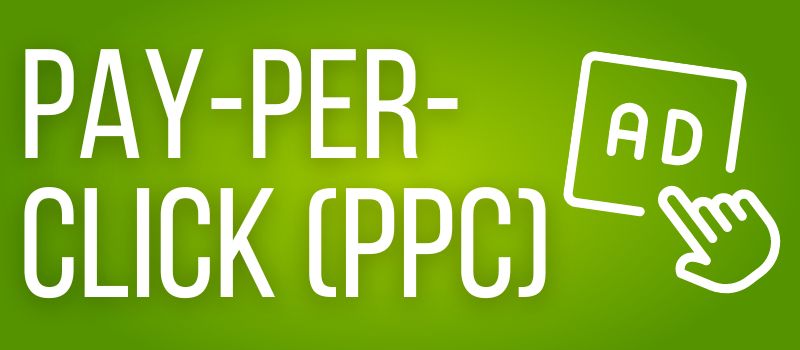
A very popular marketing strategy for Shopify stores is to run pay-per-click campaigns, usually on search engines, with the more popular option being Google as it is the world’s biggest search engine with billions of searches made every single day but it can also be done on Bing and Yahoo.
But how does PPC work?
PPC is basically creating ads and then bidding on keywords that are relevant to your target audience, if you bid the right amount, have a good quality ad that is relevant to the search term, you are effectively buying your way to appear at the top of search results.
And when this is done right, it is a great way of generating traffic from a targeted audience, which can lead to additional sales but you do need to learn how to run PPC ads effectively and be prepared to make some mistakes and have some campaigns fail (marketing is very much trial and error) but doing this like:
- Effective keyword research
- Targeting low-competition but relevant keywords
- Setting a realistic daily/weekly budget
Can all increase your chances of success but if you do have a campaign fail, analyze why it failed and learn from those mistakes, so you don’t repeat them in future campaigns.
3: SEO (Search Engine Optimization)
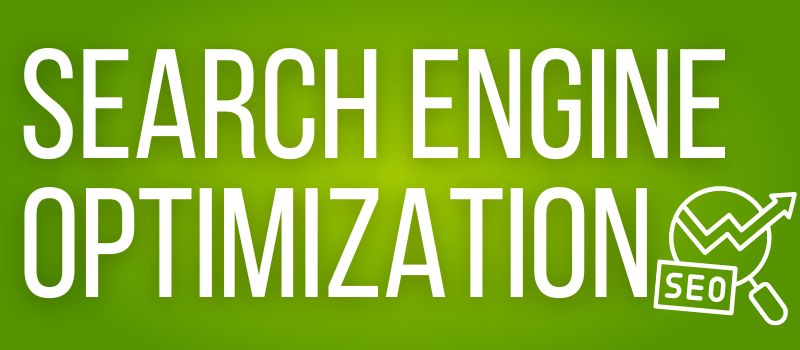
A logical follow-up from running PPC ads is to improves your store’s SEO so that you appear higher in organic search results.
SEO is more difficult to do and can take time to see results but it can be one of the most effective as studies have found that conversion rates of traffic from organic search are over 2.5 times higher than those from paid search.
There are lots of elements that make up SEO but they fall under three main categories:
Technical SEO, which includes:
- Site speed
- Site structure
- Fixing broken links, images etc
On-page SEO, which includes:
- Keyword research
- Original content such as product descriptions
- Creating a Blog
Linking, which includes:
- Internal linking
- Building backlinks
An effective SEO strategy is site-wide and it does take some time and effort to start implementing it on your site but as said above, it can have a positive effect on your bottom line when done well.
But you need to understand that SEO is a long-term strategy and it can take months or even years depending on how competitive the niche is and how effectively the strategy is implemented.
4: Digital PR
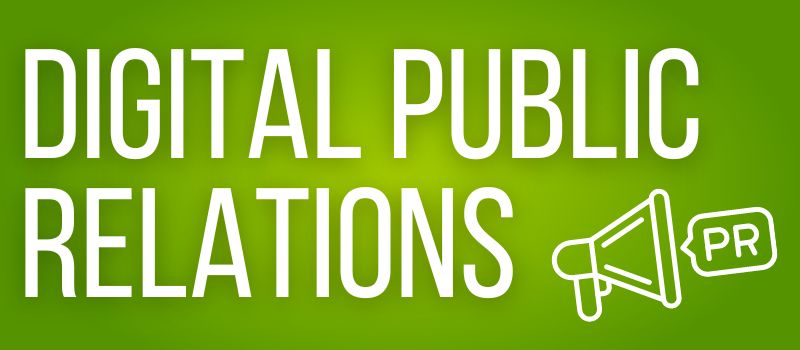
Digital PR is another form of marketing that includes elements of other marketing strategies but some people wrongly say that it is basically glorified SEO but it is more than at as SEO is focused on optimizing your site for search whereas Digital PR is about growing the presence of your Shopify store online.
There are many different aspects to Digital PR, including:
- Getting articles and press releases published on niche-relevant sites
- Working with journalists and bloggers to make them aware of your business/product to get it featured in articles that they publish
- Getting more organic exposure on social networks
With the benefits of a good PR campaign being:
- Getting high-quality backlinks that you may not be able to get with normal SEO
- Build your social media following
- Make influential people aware of your business/brand
- Build trust in your business/brand
So it is definitely a strategy worth considering and if you want to learn more, Exposure Ninja has created a great guide on Digital PR, which is worth checking out.
5: Social Media Marketing
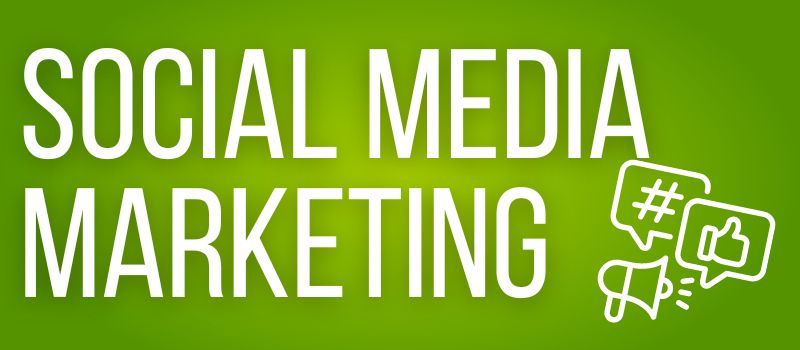
Social media is now a key aspect when it comes to marketing a Shopify store but it can be a bit overwhelming due to the amount of social media platforms that there are, including:
And it very much comes down to finding what platforms work best for your business as you need to find which platform/s your target audience are using but there are two different types of social media marketing:
Organic Social Media Marketing
The first one is organic social media marketing, which is where you build your audience/following through the content that you post.
This is more time-consuming but the result can be that you have a highly engaged audience that is interested in your business and the products you are selling, which means they are more likely to become a paying customer but how do you do this?
Building a social media following does take time and effort but it can be a very effective marketing method, which is why so many brands invest heavily into building their social following.
Paid Socal Media Marketing
You can also pay to get your business in front of more people on social media (as some platforms aren’t great at giving you organic reach!) and there are two ways this can be done:
Running Ads
The most popular choice for this is Facebook Ads as the platform has an incredibly wide demographic of users from teens to pensioners and pretty much everything in between and similarly to PPC ads, you create an ad and then choose:
- What the objective of the campaign is
- Who your target audience
- How much your budget is
For many Shopify stores, Facebook Ads can be one of the quickest ways to start generating sales but Facebook isn’t the only option as most social media platforms have the option to run targeted ads and this is where knowing which platforms are most popular with your target audience is very helpful.
Boost Post Reach
The second paid option is to boost one of your existing posts so that it gets in front of more of your target audience and pretty much every platform offers this service.
Boosting your post reach can result in:
- Building your audience quicker
- More engagement
- More sales
So it can have a bigger impact for your social media accounts but in terms of generating sales, they generally don’t do as well as running targeted ads.
6: Retargeting
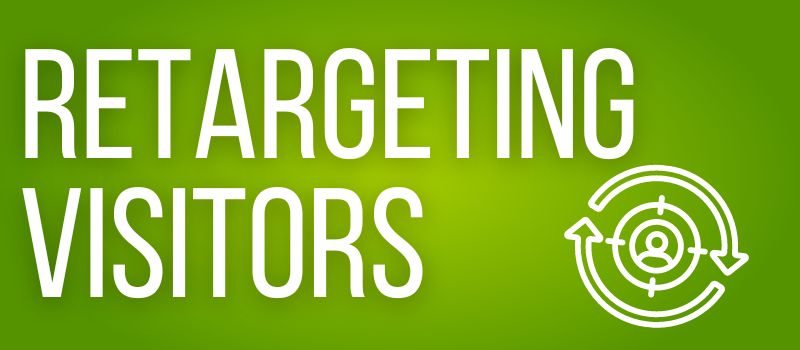
Retargeting is another very popular marketing method for Shopify stores and for a good reason…
Unlike PPC or Social Media Ads where you are trying to get your product/brand in front of a new audience, retargeting is reminding people who have already visited your site about your brand.
And you have probably experienced this yourself as you visit an online store, look at some products and then leave without making a purchase only to find that product/company appearing in ad space on other sites you visit afterwards.
A very simple method of retargeting is to set up abandoned cart notifications, which is where any customer who has set up an account on your store but doesn’t complete their purchase is sent an email to try and convince them to go back finish the checkout (usually with a discount code to help encourage them).
A more advanced method is to set up retargeting campaigns with the likes of Google or Facebook and they are often easier to set up and less expensive than traditional campaigns targeting new customers as the ad networks know exactly who they are targeting and with what.
7: Community Marketing
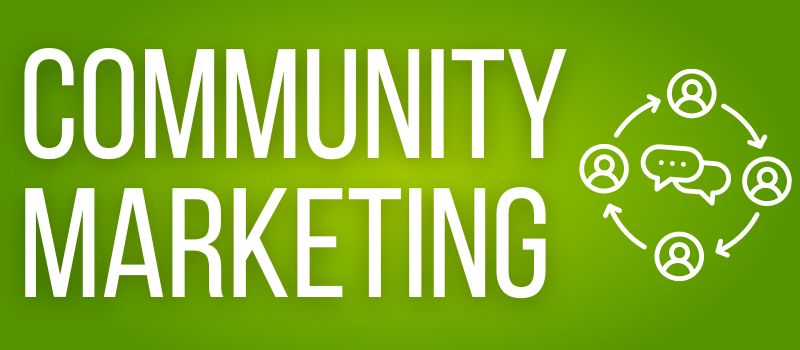
Community marketing is a more unique marketing method that can work really well for businesses focused on hobbies or professions and no, it isn’t going out and marketing your store to your local community, instead, it is marketing your business to online communities and there are two ways you can do this:
1. Existing Communities
Marketing to existing communities, such as Facebook groups, forums or Reddit requires a more tactile approach and often involves a lot of time and effort to build trust and reputation within these communities.
The one thing you don’t want to do is join a group and instantly start spamming posts and comments promoting your products, this is a great way to get a bad reputation, be recognized as a spammer and probably be kicked out of the group, instead:
- Provide value to the group
- Create helpful posts
- Answer questions
- Work on building a reputation as a helpful member of the community
By doing this, you may be presented with organic opportunities to promote your business such as people asking directly what you do (it happens) and then if members become customers, they may recommend you to others in the future, this is great for hobbies and professions.
It is a bit of a long game but can lead to word-of-mouth recommendations, which are the best form of marketing you can get!
2. Build Your Own Community
This is quite a lot harder than getting involved in other communities but it can be incredibly powerful if you create a good, highly-engaged community.
Fortunately, there are many different platforms out there that allow you to create your own community such as Facebook groups, Discord or even set up a forum on a subdomain of your Shopify store but the challenge is actually building a user base but this can be done through:
- Social media
- YouTube
- Email marketing
- Promoting it on your store
Having your own community can be a great way to access them directly but also get feedback on your products and service, ideas for new products and ways you can market and grow your business but it does require a bit of work to grow and manage.
8: Influencer Marketing
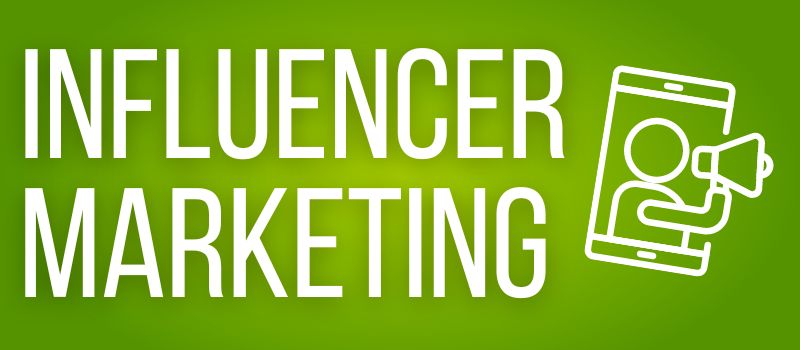
Influencer marketing is becoming more and more popular amongst brands as it is a way to get their product in front of a whole new audience but a lot of businesses are initially put off by this as there is a somewhat negative image around influencers.
But the word ‘influencer’ covers a wide range of individuals and businesses as basically anyone who has a following, whether it is through:
- Social Media
- YouTube
- Their own website
They can be classed as an influencer, especially if their audience buys products that they promote.
But how does the process work?
It starts with finding influencers you want to work with and when you are just getting started, the ones with a million+ followers/subs are probably going to be out of reach unless you have a huge budget.
Instead, find influencers with a smaller following who produce content that you like and feels fits your brand/business and who also have good engagement with their audience such as likes and comments on posts/videos.
Then reach out to them either via a direct message or email introducing yourself and your business and proposing that you would like to work with them, if they reply you can then begin the negotiation around price and also the amount/type of content you would like them to create.
This may seem scary at first but many influencers are looking for businesses/brands to work with as it helps them create content and earn money through their channels and you generate sales and get more exposure, so a win-win for all parties.
Want to learn more? Then check out our Beginner’s Guide to Influencer Marketing.
9: Affiliate Marketing
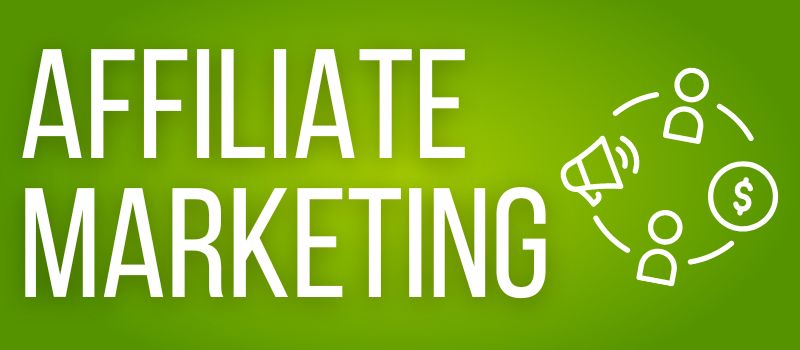
Affiliate marketing is similar in many ways to influencer marketing as you are looking to partner with people/businesses who have a following but the relationship is different.
This is because with influencer marketing you are paying them to promote your product, whereas with affiliate marketing you are partnering with them and they get a commission whenever a sale is made through one of their links.
It is this difference that can make affiliate marketing very appealing for businesses on both sides as there is potential to make money for a longer period of time through the relationship and the affiliate is also incentivized to promote the product as the more sales they generate, the more money they make.
The process of finding an affiliate to work with is very similar but it is often best to look for influencers whose content has a longer shelf-life and in most cases, this will be:
- YouTube Channels
- Blogs
Unfortunately, social media posts only have a life cycle ranging between a few minutes and a couple of days (maybe with the exception of Pinterest), whereas blog posts and YouTube videos can get views over weeks, months or even years after being posted.
If you want to learn more, then check out our guide to creating an affiliate program.
Related Post: Best Shopify Affiliate Apps
10: Email Marketing

Acquiring new customers can be costly and also time-consuming, which is why you want to try and turn those customers from a single-time buyer to a repeat one and that is where email marketing comes in.
When it comes to capturing a customer’s email address, there are a few ways you can do it but two popular and proven methods are:
- A pop-up when the customer visits your site, usually with a discount offer for signing up to the newsletter (can also improve conversion rates)
- Getting them to tick a box in the checkout agreeing to join the list, a promo code with a discount on their next order can improve sign-ups
You might also find more creative ways of getting them to sign up but once you have but whichever method you choose, this email list can be a gold mine for your online store as:
- They are people who are interested in your business or at least the product or service you sell
- Existing customers are likely to buy from you again (as long as the product/service was good)
- You can target them with personalized emails such as offers, new products etc
But don’t flood their inbox with emails as people can get frustrated and unsubscribe, instead one or two emails a week with genuine value for the customer can be very effective.
If you want to learn more, then check out our full guide on Email Marketing for Ecommerce.
11: Referral Marketing
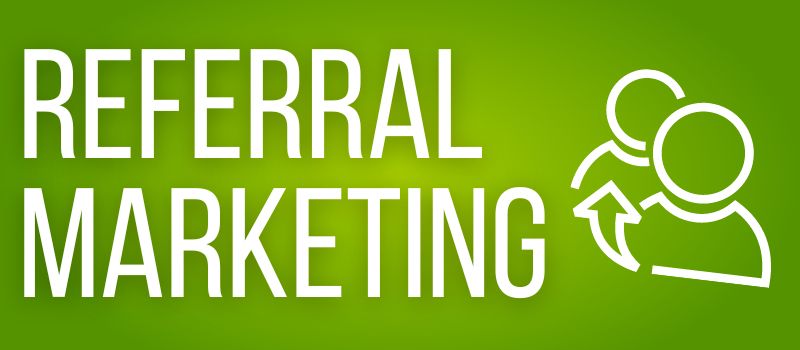
Word of mouth is the holy grail of marketing and you can capitalize on this with referral marketing as you can incentivize your existing customers to recommend your products/services to their friends and family and by doing so, they earn a reward.
Some of the popular rewards include:
- A discount on their next order
- A free gift with their next order
- A cash reward, either in the form of store credit or cash that you send to them
This creates a win-win-win situation for all parties as you get a sale, your existing customer gets a reward and the new customer gets a product, you can then repeat the process with the new customer you acquired.
One additional benefit of this marketing method is that you can automate it by simply notifying your customers that you offer a referral program and if they want to be a part of it, they will do the work for you in getting you a new customer.
Related Post: The Best Shopify Referral Apps
How to Create a Marketing Strategy
Having an idea as to the different marketing methods you can use for your online store is great but unless you have a strategy in place, you won’t get very far and you could end up wasting time and money, so how do you create a marketing strategy?
Step 1: Identify Your Target Market
Before you do anything else you need to identify who your target market is but you also need to go beyond this and begin figuring out where they are likely to be found online and how is the best method to put your business in front of them.
Who Is Your Target Market?
This is hugely important and every ecommerce website that is focused on a certain niche will have a primary target market and you almost want to picture the ideal customer in your head, this will help you identify characteristics such as:
- Age
- Gender
- Career/Interests
- Income level
Let’s look at a couple of examples of companies that have identified their target audience:

One of the fastest-growing gym apparel brands over the past decade and one that has absolutely nailed its target market, which is:
- All genders
- Aged 18-25
- Fashion conscious
- Interested in fitness
This has helped them refine their marketing efforts to primarily focus on this demographic and while they will undoubtedly have customers outside of this demographic, it is this core target market that is where they will generate most of their sales from.

One of the most well-known jewelry brands in the world and while it has a broad appeal as most ladies would probably like a piece of Tiffany jewelry, the primary target audience is:
- Women
- Aged 35+
- Upper middle to upper class
The reason why Tiffany targets this market is that they are likely to have more disposable income that they can spend on luxury goods such as jewelry but they will also have secondary target markets such as younger ladies and also partners/spouses who will be buying the jewelry as a gift.
Where Are They Likely To Be?
We aren’t talking about gyms, cafes or country clubs here!
No, we are talking about where are they likely to be online, what platforms are they most likely to use when looking for the types of products that you sell, such as:
- Search Engines – Google, Bing, Yahoo etc
- Social Media – Facebook, Instagram, TikTok
It can also be helpful to try and find out what type of content they like to consume such as:
- Images
- Short-form video (TikTok, Instagram Reels etc)
- Long-form video (YouTube)
- Written Content (blogs, news sites etc)
As this can help you identify the type of marketing content that you should be producing.
But how do you find this out? One of the easiest ways is to spy on your competition, especially the big players in your niche as they are probably employing the services of marketing specialists to figure this out and then reverse-engineer what they are doing.
Having a good understanding of your niche will also help as where you go to find the latest information is probably where they go as well.
How Are You Going To Reach Them?
Knowing who your target market is and where they are is great but kind of pointless if you don’t know how to reach them and this all depends on your niche.
Because of this, there are quite a few different options, which we are going to cover more in the marketing methods section below.
Step 2: Set a Budget
Marketing can be expensive and if you are not careful, you may find yourself burning through cash and not seeing any return on it and that is why you need to set yourself a yearly budget, which you would break down into 12 for your marketing expenses.
How you do this is going to be dependent on the marketing methods you are using but let’s say you have $1,000 a month to spend, you may do:
- $15 a day of Facebook Ads – $450
- 2x sponsored influencer posts at $125 each – $250
- 1x Guest post on a high authority site – $300
You could also produce content for your socials, blog and YouTube channel to complement your paid marketing, where the investment would be your time rather than money.
Having a budget not only helps you manage your expenditure but you can also start managing your return on investment to see what is working and what isn’t, allowing you to make adjustments to your marketing to try and improve your ROI, using the above example:
- If you aren’t making a profit from your Facebook ads, then you need to adjust your campaign by targeting different keywords or audience
- If you aren’t getting enough sales through your chosen influencer then you might need to find another one
- Probably the hardest ROI to calculate is SEO but you should see improvements in your rankings and also traffic from organic search as a result of your campaign but this can take time
Your budget will need revising every so often based on:
- The number of sales you are getting
- The seasonality of your business
Seasonality has a big impact on marketing as you want to be investing more leading up to and during your busy season and less during the off-season.
A good example of this is Christmas, many businesses (as I’m sure you will have noticed) start advertising more in September through to December and then ease off once the holiday period is over and once you have been in business for a while, you will soon notice the trends for your business.
Step 3: Create a Marketing Timeline
By this point, you will have a pretty good outline of your marketing plan but just as important as what you are going to do is when you are going to do it and this is going to depend on the stage your business is currently at and there are three main stages:
- Pre-launch – you are building your site and getting everything ready to go live
- Launch – this is where you launch your business and open it up to buying customers
- Open – you have launched and are now a fully-fledged ecommerce store
You can also narrow this down to individual products or product lines, which is something that many retailers do but what should you be doing at all these stages?
Pre-launch
It is amazing how many businesses don’t start marketing until they are already open but this can often be a very ineffective strategy.
What you want to do instead is start building some buzz around your store and get your name out there already and this is where Digital PR can be very effective, so:
- Get your social media accounts live and email newsletter sign-up page ready
- Start posting on your socials, giving a preview of what you are going to be selling
- Start contacting bloggers and journalists to let them know about the awesome new business that you are launching and when you are launching
- If they are interested in your business, discuss the possibility of a post and/or social media mentions
Basically, get people talking about it before you have launched and simple things like doing a countdown on your socials and having a countdown timer on your landing page can help increase interest.
Launch
When your website goes live, you basically want everyone and their dog to hear about it, think of it like having a digital launch party and things you can do include:
- Social Media, post it on all your channels and tag any bloggers, journalists and influencers who have been interested/involved as they may repost/retweet/share it
- Email, let all of your email subscribers know that your store is open, scheduling your first email allows you to get it all ready in advance
- Paid Ads, you may want to run your first ads on the day you go live to increase the chances of getting sales
Open
After the initial launch, don’t be surprised if there is a slight drop-off in sales and traffic as there is always a new shiny thing that people are interested in but this is where your marketing plan is really going to come into effect, such as:
- Running your daily ads
- Working with Influencers
- Building up an affiliate network
- Posting content to your socials, blog and/or YouTube channel
- Improving your site’s SEO
And while this might not be as fun and exciting as the launch period, it is this type of marketing that is going to help build your business as it brings in regular sales.
But you can recreate a similar strategy to the initial launch when you bring out a new product or product range and this is a very popular marketing strategy.
Step 4: Revisiting Your Strategy
Marketing is an ever-evolving element of your business and you want to be regularly revisiting your strategy to see what improvements can be made as what worked 3-6 months ago might not be working today.
And this is where analytics can be very helpful as they allow you to make more data-driven decisions in the future as they will tell you:
- Which channel is driving the most traffic to your site
- Which traffic source has the best conversion rate
- Which marketing method is providing the best ROI
It will also provide you with lots of other important information regarding your business and you can use this to start making changes to not only try and get more traffic but also work on converting more of that traffic into paying customers.
As your business grows, so will your marketing budget (well it should) and you will want to plan how to use these funds, just like you did with your first budget.
You also want to be keeping an eye on the market and general trends in regards to the options that are available to your business as you may find that a new app or platform might be attracting your target audience, meaning that it is worth investigating and possibly trying for your business.
Conclusion
As was said at the start marketing is the most important element to your store’s success as you can have the best product and website but without marketing, you won’t get people to your site.
It can also seem quite daunting when you are just getting started but having a plan in place, it should make the process much simpler as you will have your own guide to follow as to what you are doing and when.
While marketing success can never be guaranteed (even though some people will say that), there are some key elements that can improve your chances and these are:
- Always keep learning, especially from your mistakes
- Be consistent
- Be creative
By doing this, you will constantly be working on and improving your marketing output and you never know, you might come across a formula that helps your business blow up (not literally) and become everything you ever dreamed it could be.
Hi, I'm Paul, the Owner and Founder of EcommerceGold.
I ran my own Ecommerce Business for over 7 years and now help others start their own online retail empires!

